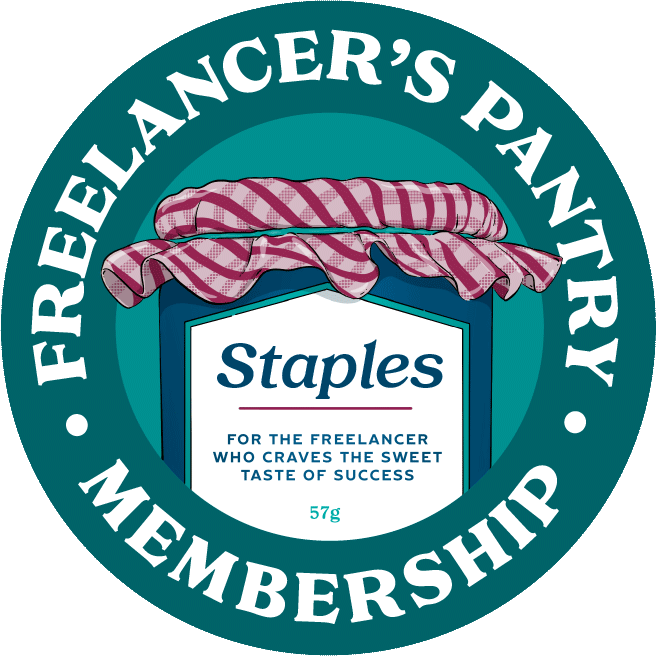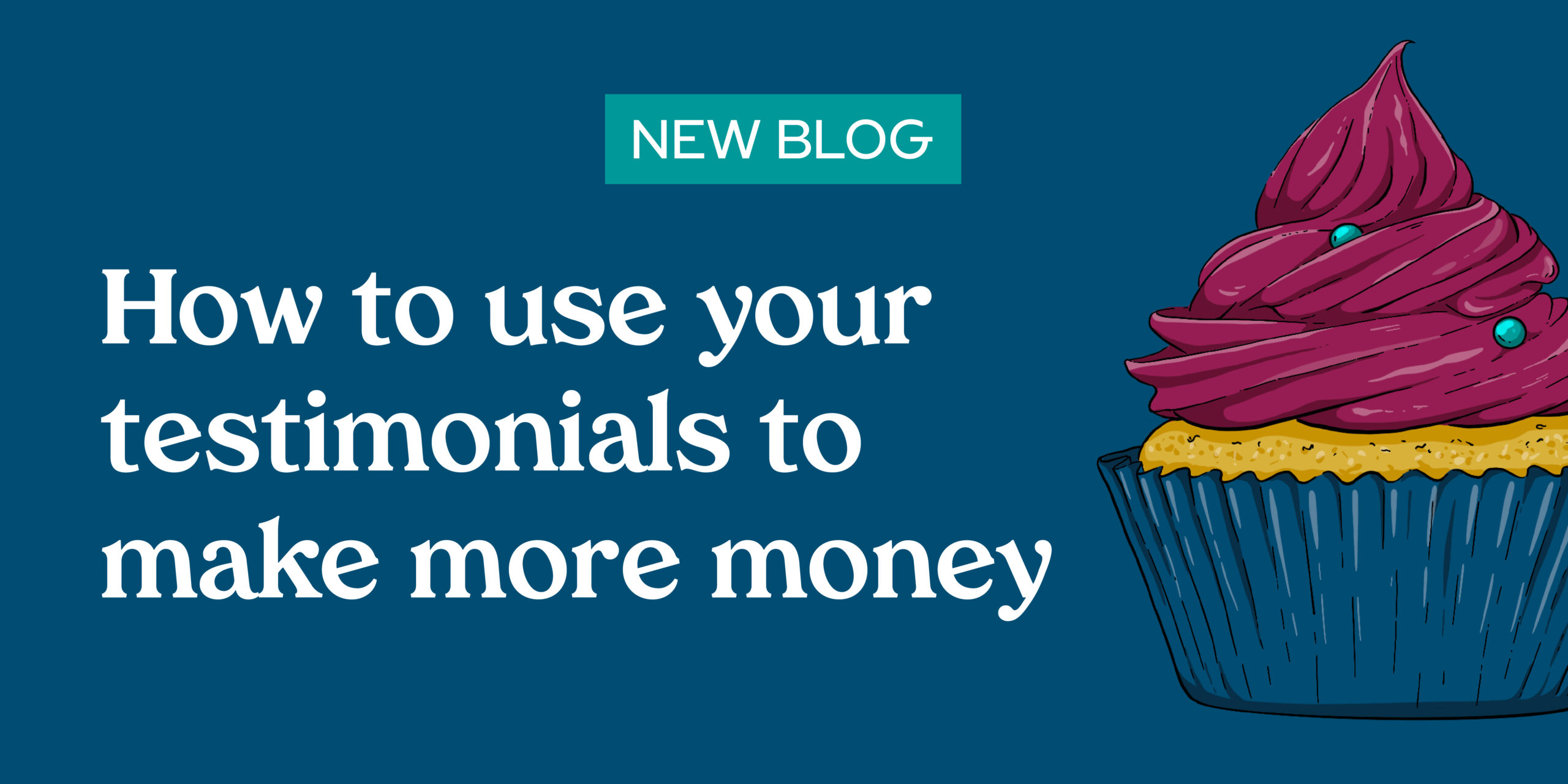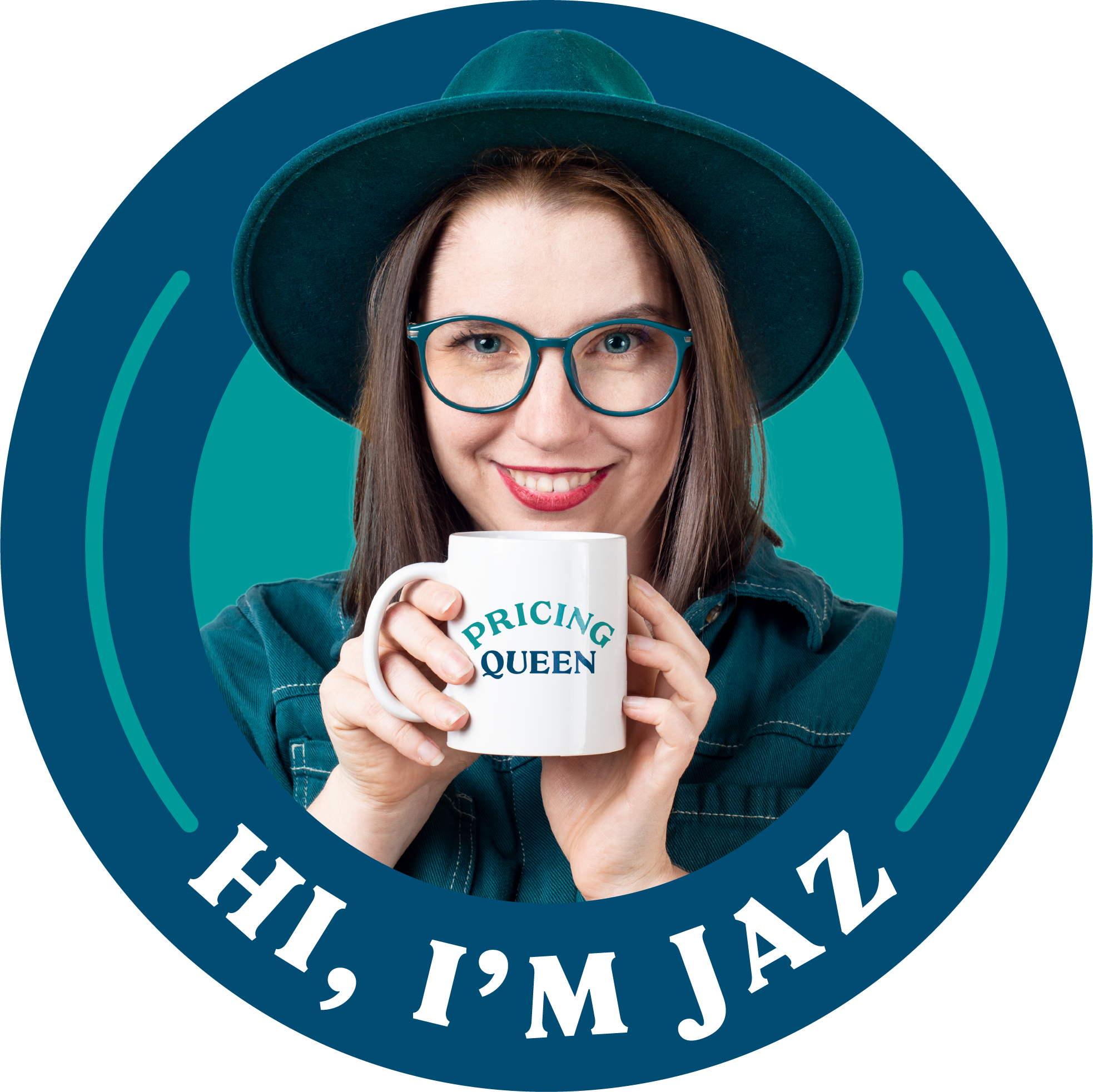I posted a carousel revealing some pretty big numbers in being a freelancer. It scared the crap outta me, but gosh, did it get people talking...
I posted a carousel revealing some pretty big numbers in being a freelancer. It scared the crap outta me, but gosh, did it get people talking...
Well well well, didn’t that post make a splash…
If you don’t know what I’m talking about, here’s the post.
Before I start, I wanna be super clear here.
The purpose of this blog isn’t to hit back or get defensive on the questions asked, I actually welcome the questions.
I know these are the same questions I would have asked back when I was either starting out or struggling to see success, and I know that underneath the doubt or comparison panic, I would have been just searching for answers.
I wanna be the one who helps the creative I used to be by not gatekeeping or hiding behind any kind of numbers that aren’t truthful.
Which is why I decided to collect some of those questions and answer them here…
“I’m curious about that $143k expenses, what’s involved in that?”
If there’s one lesson I learnt early on, it’s that it is expensive to run a business. If you’re only charging clients what it costs to run your business and not adding on your profit, you’re going to find it incredibly hard to grow in any capacity.
Most businesses run on a 30-35% profit margin, meaning 65% of their revenue is expenses. Those can look like running costs, purchasing stock if they are a product based business or those big ticket items like a commercial space or warehouse if they’re super big.
BUT the thing about freelance is the profit margins are way better for us service based businesses, and in particular, freelancers and solo business owners.
For me, 2023 had a few big ticket items.
I invested in coaching with an incredible coach , and 8 months of coaching ain’t cheap!
I upgraded my hardware, purchased new software systems, invested in new lighting for filming my classes, as well as having a photoshoot and a filming shoot in there too.
I also have a copywriter and a video editor I use for projects that are for the Creative Business Kitchen rather than Jasmine Designs.
But it was also the first year I didn’t have $8k in studio expenses (I gave up my studio rental space in late 2022), so that was a nice boost.
And lastly, I had a particular client in 2022 and 2023 that I did corporate gifting for, meaning I was purchasing stock, putting a markup on that product and sending it out on behalf of them. Although there was a profit there, those expenses ate into my profit margin, but boosted revenue. I cut back on those jobs in 2023 and my profit margin thankfully reflects that!
Key Takeaway: It costs a lot of money to run a successful business. What you charge your clients can’t just be covering expenses, you need to earn more than your business costs to run.
“But what about tax? Is that $202k profit before or after?”
That profit number is after tax. For me, I want to know that my profit number is the take-home dollar amount, not the “but wait, you gotta pay taxes on that” number.
I paid more tax in the last year than my salary from my last paid employed role as a Graphic Designer in a studio.
Tax is the cost of successfully running a business.
When my business started to grow properly, my taxes went up with that success, and it made the success fell bittersweet. “I’m making more, but I’m paying more tax, so why bother?” I used to think, but instead I’ve now flipped it.
The more successful you get, the more money and earning potential you will have, and the more tax you will have. That’s just how it goes. Consider it the cost of successful business ownership, because you only pay more when that earning goes up.
When I started building that earning potential, the first thing that got overwhelming was the accounts and bookkeeping. This is why I highly recommend as soon as you can afford to, hire a bookkeeper and accountant that has your best interests at heart.
I know where my strengths lie, in earning money and charging clients. But it sure as hell ain’t in the bookkeeping and accounting side of things. The sooner I got that off my plate, the happier I was, and the better creative I became because I got to focus on what I was good at.
Key Takeaway: You don’t need to do every single thing in your business to be successful. When you can hire out the things you hate, you’ll enjoy doing the things you love more.
“Isn’t it misleading to say you earned that much when it looks like a good portion of your income came from memberships/mentoring?”
I WISH that much had come from memberships and mentoring! Seriously, if I was succeeding like that, I think I would be asking questions too!
Creative Business Kitchen started in 2021. Until then, I had just focussed on being a freelance designer, and a damn good one at that.
I had been full time freelance since 2017 and had reached a point where the clients I worked with and the money I was making was much more than I used to believe a freelancer could make. As I had grown, I started integrating other services into my creative offerings, things like web design, project management and digital work. This grew my skillset, made me more valuable, and had my rates climb to reflect the value I could serve my clients
I was also having fellow freelancers slide into my DM’s to ask how to do what I was doing, so I added teaching onto my spread of offerings, but this was only for freelancers, not clients.
Something that’s super important to note, I will always want to do both.
For me, I can’t teach if I don’t also do the thing I am teaching. This is why I will always be a designer first and an educator second. Always.
Right now, because Creative Business Kitchen is in it’s third year of running, I still have some of those establishment and legitimising costs, but I’m also using whatever I make to reinvest because I want this to last. I’m playing the long game when it comes to Creative Business Kitchen.
Let’s get transparent, shall we?
After tax was paid, my top 10 expenses for 2023 were:
* Client/Job specific expenses where I marked up the cost and onsold to the client as a whitelabel service
From all of that, you can see that the big expenses were investing in my own education, sponsoring an organisation to be exposed to my ideal target audience as a coach and educator, as well as producing content for Creative Business Kitchen.
My top 4 expenses this year have been from building Creative Business Kitchen and investing in my own coaching.
Those top 4 expenses were all for Creative Business Kitchen: $32,186
Income from coaching/digital products/education in 2023: $31,114
Meaning the teaching side of my business isn’t profiting yet, but the freelancing side absolutely is, and that’s what those numbers in that post are talking about.
Key Takeaway: Whilst I do have multiple revenue streams, freelancing is by far the biggest one for me, and the only one that’s currently profitable… for now
“But it looks like all your content is promoting your teaching and courses, not your freelancing.”
If you landed on Your Pricing Queen instagram, then yeah, that’s absolutely correct. That instagram is for freelancers to teach them how to do what I have done as a freelancer and help them build and grow as freelancers.
I don’t get clients through my Pricing Queen Instagram, and it makes total sense why.
There’s a reason I don’t send clients to that instagram, because that’s not what I use that instagram account for, and tbh, that profile is not for them and nor is this website.
My clients largely come from outreach and word of mouth, and have for the past 7 years as a freelancer. I have a totally seperate business for my design work, Jasmine Designs, along with a seperate instagram and website. That website showcases my past work, the process of working with me, and acts as a promotional tool to find out if I am the right solution for the problem in front of my clients.
And Creative Business Kitchen/Your Pricing Queen isn’t for them. Pretty sure a client wouldn’t love the “how to fire a client” blog…
In the beginning, I did have them blended, the Jasmine Designs side of my business and the teaching side. But all it did was make it harder to hire me, which I needed to fix fast.
Both businesses are under the Jasmine Designs umbrella, but both are for completely different target audiences, with different needs, problems and interests, and it’s my responsibility to show up as that for each.
I often see graphic designers using instagram as their portfolio, but I don’t do that myself as it’s not what has worked for me. What has worked it connections with clients, focussing on problems that have a higher expense to the client and getting really good at solving them.
Key Takeaway: Knowing who you serve and where they dine is super important. Prioritise the places you can be valuable and get clear with how you can solve the problems costing that audience.
I know myself when I started as a freelancer would find those numbers incredibly overwhelming. And if you look at a lot of freelancer forums and facebook groups, the overwhelming opinion is that this graphic design thing is oversaturated, that AI and Canva creatives are coming for our jobs, and it’s not the norm to be successful in this field.

















